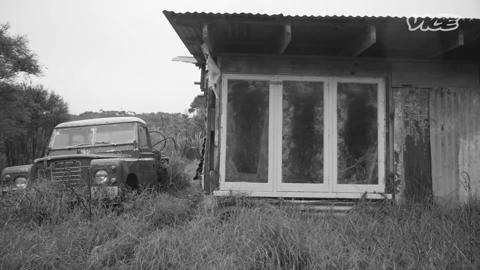
4 minute read
WOLGOK YOUTH PLATFORM REON ROBERTS
WOLGOK YOUTH PLATFORM, NHDM NEW YORK
Seoul, South Korea is one of the most densely populated cities in the Asian region, with around 10 million in 2019. As a result of this density, “Goshitels” became popular in the 1970’s. Offering low-cost housing aimed at the youth of Seoul. The conditions of these Goshitels are often appalling, with some offering as little space as “50 square feet” of room and often share the room with a makeshift kitchenette, posing a hazard to the occupant of the room itself and the wider building. Around 23% of Seoul’s youth live in these makeshift dormitories, an issue that in 2016 NHDM aimed to solve with their Wolgok Youth Platform project.
Advertisement

The project is designed to merge the density of high-rise apartment living, with the intimacy and openness of traditional villages. Placing a new emphasis on the interactions of individuals and creating a sense of community, as oppose to confined isolation as occurred with the Goshitels. This is achieved by arranging the small apartments around a network of circulation spaces, and by lifting the building off the ground away from the crowded streets.
Residents share common amenities and a variety of communal spaces arranged around the three courtyards. By creating different shared spaces, it allows diversity in the scale and type of social interactions possible. Additionally, the public park under the building allows for interaction with the wider community, where a weekend market will be held.


Furthermore, NHDM makes use of the space below the park, spaces have been designed for education, start-up and co-working offices, a community library, meeting rooms, and multipurpose venues. Parking spaces are available for residents below the lowest levels of the building, to save space and provide security.
MAHANA, NEW ZEALAND
Established in 1978, the Mahana community housed 60 residents permanently, some of these were small families with children; however, this number would fluctuate throughout the years. Sometimes reaching around 120 during summers.
Mahana’s primary goal was to encourage “spiritual development” within the community. Achieved through the removal of ownership and ensuring equality for all members of the community.

A sense of community was the foundation of Mahana, reflected in the establishement of a communal kitchen house as the first strcture. Additionally, they were bonded in their strict dedication to spiritual growth meant that those who saw otherwise were unwelcome. Disputes soon arose over new residents moving in, often needing new housing. Mahana was never meant to be about the dwellings, however unmatching strucutres became a heated topic of discussion. Slowly, the community strayed from spiritual growth and turned hostile. Leading to disputes which soon turned violent, some houses being set alight and one being destroyed by use of a chainsaw.


A failure of Mahana, is that the community was Opening up a community to new ideas and different unwavering in its goal. From this, co-living communities forms of aid is heavily supported by a study published should not only be flexible to change; with both their in 2012 by Ecology and Society. The study examined composition and ideals. But also, should have a sense of the resilience of isolated fishing communities in Arctic leadership and supervisory position, to ensure disputes Norway and how they were so effective in returning are resolved and do not develop further. from the brink of collapse. The study found that by It is important to recognise taht human flaws will be everadapting to long-term changes and accepting help present and a pure, perfect community is impossible. from external resources, the community was able to Instead, there must be effective measures in place to effectivly adapt to new circumstances. enable both self-expression and individuality, while also progressing towards a common goal of the community. The community of Mahana’s insistence on selfThis may be achieved through external influences, in reliance, and a lack of external support systems, the form of opening up areas to the broader community undoubtably contributed towards its collapse. and welcoming them to interact with members. Without a supervisory party, changes were not able to be clearly defined; changes that were needed necessary for the community to thrive.

As such, one may be led to believe that for a coliving community to adapt to changes affecting both themselves and the broader community, there is undoubtably a need for the community to be progressive and open to new ideas, while also adhering to a supervisory body instead of short term goals and individual wants.








